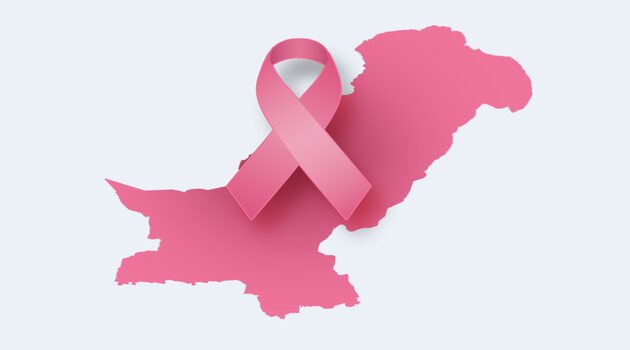Understanding the Causes of Breast Cancer in Pakistan: An In-Depth Look

Breast cancer is a significant health issue in Pakistan, affecting countless women across the country. The rising incidence of this disease highlights the urgent need for awareness, early detection, and prevention strategies. To effectively address breast cancer, it is crucial to understand the multifaceted reasons behind its prevalence in Pakistan. This blog explores the contributing factors to breast cancer in the country, shedding light on various dimensions including genetics, lifestyle, socio-economic conditions, and healthcare access.
1. Genetic Factors
Genetic predisposition plays a critical role in breast cancer. In Pakistan, the prevalence of genetic mutations associated with breast cancer, such as BRCA1 and BRCA2, has been a subject of study. Certain families may have a higher risk due to inherited genetic mutations, which can significantly increase the likelihood of developing breast cancer. Genetic counseling and testing can help identify at-risk individuals and promote early intervention.
2. Lifestyle and Dietary Habits
Lifestyle choices and dietary habits have a considerable impact on breast cancer risk. In Pakistan, traditional diets often include high-fat foods, and a sedentary lifestyle is increasingly common due to urbanization and changing work patterns. High consumption of processed foods and low physical activity can contribute to obesity, which is a known risk factor for breast cancer. Additionally, the consumption of alcohol, though less prevalent, is also linked to an increased risk of breast cancer.
3. Reproductive and Hormonal Factors
Reproductive history and hormonal factors play a significant role in breast cancer risk. Women in Pakistan may experience early menarche, late menopause, or have fewer children, all of which can influence breast cancer risk. Additionally, the use of hormonal contraceptives and hormone replacement therapy can impact breast cancer risk, although the effects can vary based on individual health profiles and family history.
4. Socio-Economic and Educational Factors
Socio-economic status and education level are crucial factors affecting breast cancer outcomes. In Pakistan, many women in rural areas may have limited access to healthcare services and may lack awareness about breast cancer and its symptoms. Low levels of education and economic constraints can prevent women from seeking timely medical advice, leading to late-stage diagnoses when treatment options are less effective.
5. Healthcare Access and Awareness
Access to quality healthcare and awareness about breast cancer are significant issues in Pakistan. Inadequate healthcare infrastructure, especially in rural areas, can hinder early diagnosis and treatment. Many women may not have regular screenings or mammograms due to financial constraints or lack of healthcare facilities. Public awareness campaigns and educational programs are essential to inform women about self-examination techniques, the importance of regular screenings, and available treatment options.
6. Cultural and Social Factors
Cultural attitudes and social norms also influence the perception and management of breast cancer. In some communities, there may be stigma or reluctance to discuss breast health openly, leading to delayed medical consultation. Additionally, traditional beliefs and practices can affect women’s health-seeking behavior. Overcoming these cultural barriers requires a collaborative approach involving community leaders, healthcare providers, and policymakers to promote a more open dialogue about breast health.
7. Environmental Factors
Environmental factors, including exposure to certain chemicals and pollutants, may contribute to breast cancer risk. In Pakistan, industrial pollution and the use of certain chemicals in agriculture can have long-term health effects. While research in this area is ongoing, reducing exposure to harmful substances and improving environmental conditions can be beneficial for overall health.
